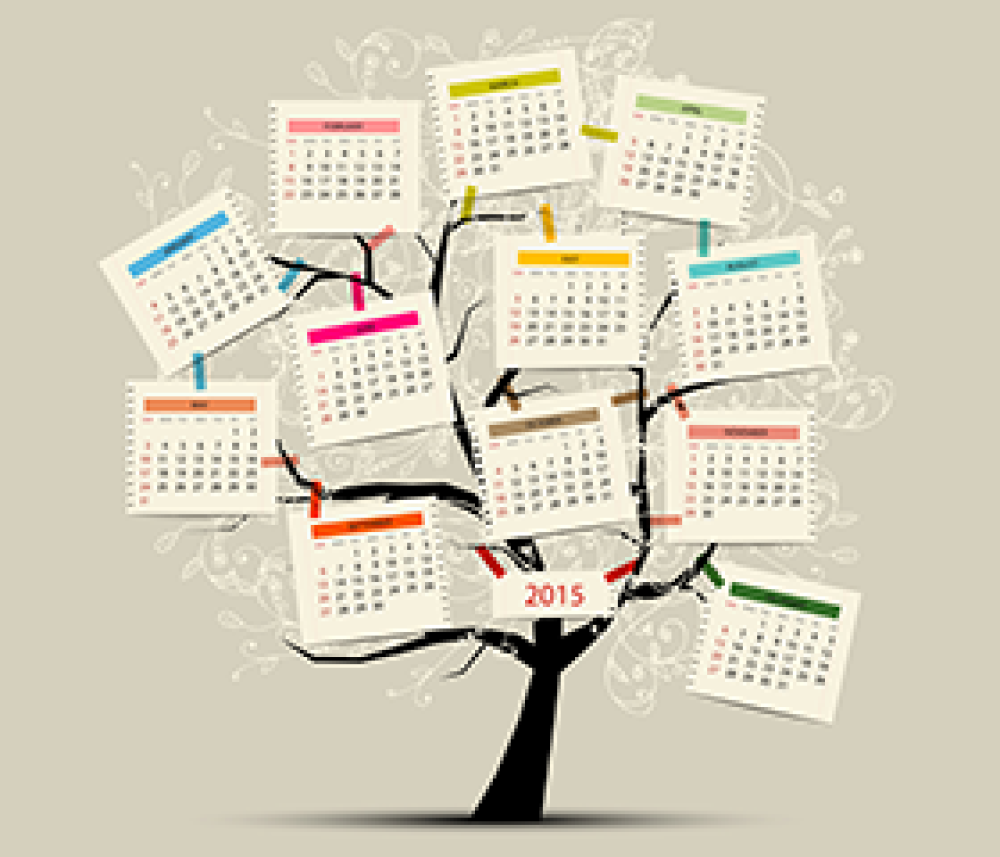Editorial Calendars - Not Just for Newspapers Anymore
10 Dec 2014

Far too many hear the phrase “content is king” and take it to mean all they need to succeed at content marketing is decent content. Like Kevin Costner in Field of Dreams, they believe “if you build it, they will come,” so they throw up a few blog posts here and there, sporadically tweet about them, and wonder why they aren’t getting the results they hoped for. But quality content is only one part of the puzzle!
To be truly effective at content marketing, you have to start thinking like a publisher. Whether your content is a lengthy white paper or a six second video on Vine, the key to being a publisher that people want to engage with is having a consistent release schedule. As others have argued, consistent content boosts your credibility as a brand, improves your profile in search results, and keeps potential leads engaged and coming back for more.
This is why you should take advantage of a tool publishers have for used for centuries: the editorial calendar. Creating an editorial calendar is a proven method for coordinating publishing across sites and social media platforms and keeping everyone involved accountable. To help you get going, here’s a basic template for your editorial calendar. You can use this as a jumping off point, but it is worth putting serious thought into how complex you want your calendar to be and what you want to track. When creating your calendar, ask yourself these five questions:
1. Who is the content for? This is where buyer personas come in handy. Know your audience and make sure your content is tailored to their needs. Consider creating columns or tabs tracking which personas each piece of content is targeting in order to make sure you are covering all your bases.
2. What are your priorities? You don’t want to spend all your resource creating meaningless filler and fail to hit one of your main priorities because you didn’t plan ahead. A well-thought-out calendar helps you stay on time and under budget! If you are paying per-word, consider a column tracking the word count of each article.
3. What events are interesting to your audience? There are plenty of cases where you have advance warning of something you might want to connect your content with, whether it is a new product launch, an industry conference, or a major cultural event like the World Cup or the holiday season. No one wants to read your listicle on what marketers can learn from the Super Bowl two weeks after the game is over! Planning ahead can help make sure you remain ahead of the zeitgeist.
4. How often are you planning to publish? It is important that you are realistic about your abilities and resources in order to remain consistent. Decide how often you should publish content, and stick with it. If you want some help deciding how often you need to be blogging for your business, check out this guide.
5. How are you promoting your content? Whether you are sharing a link to your content on your personal LinkedIn account or putting a QR code on the side of a building, it’s always a good idea to track your different promotional outlets so that you know when and where your content was shared. Depending on what social media you use, it might make sense to plan and track hashtags you are using or influencers you are tagging or mentioning. Also, keep in mind that studies have shown the time of day you share a post on social media has a significant effect on its impact, so plan accordingly!
With these questions answered, you will be on a firmer footing to start brainstorming ideas for content.

Please login to comment.
Comments